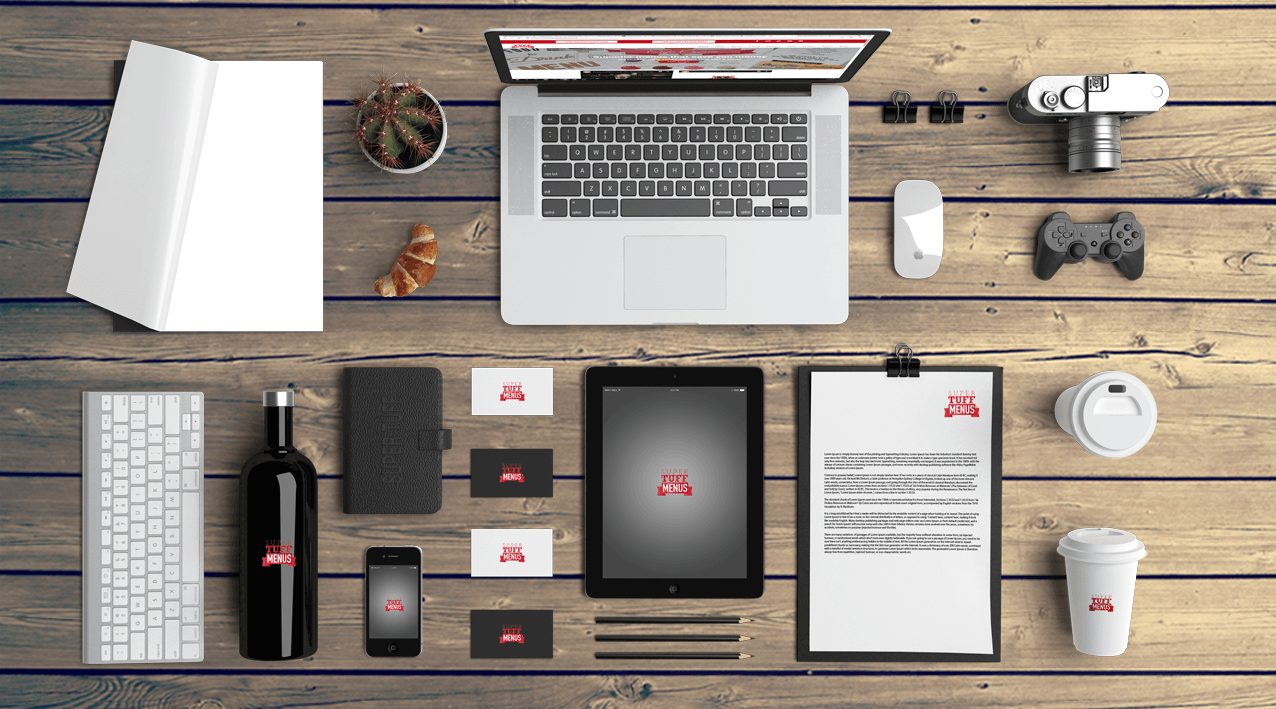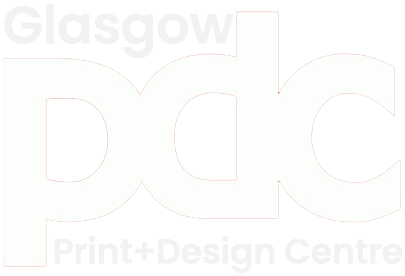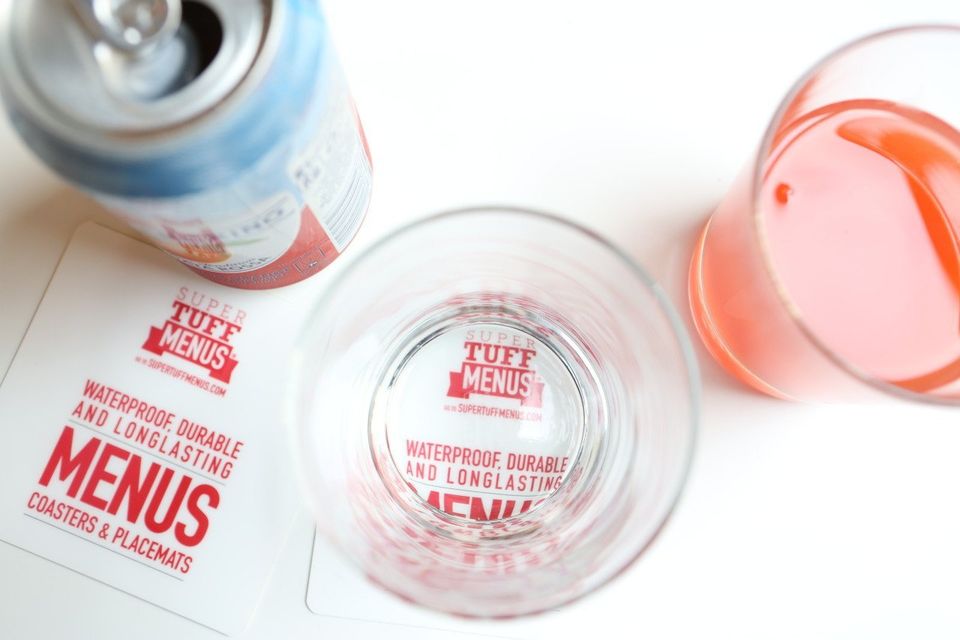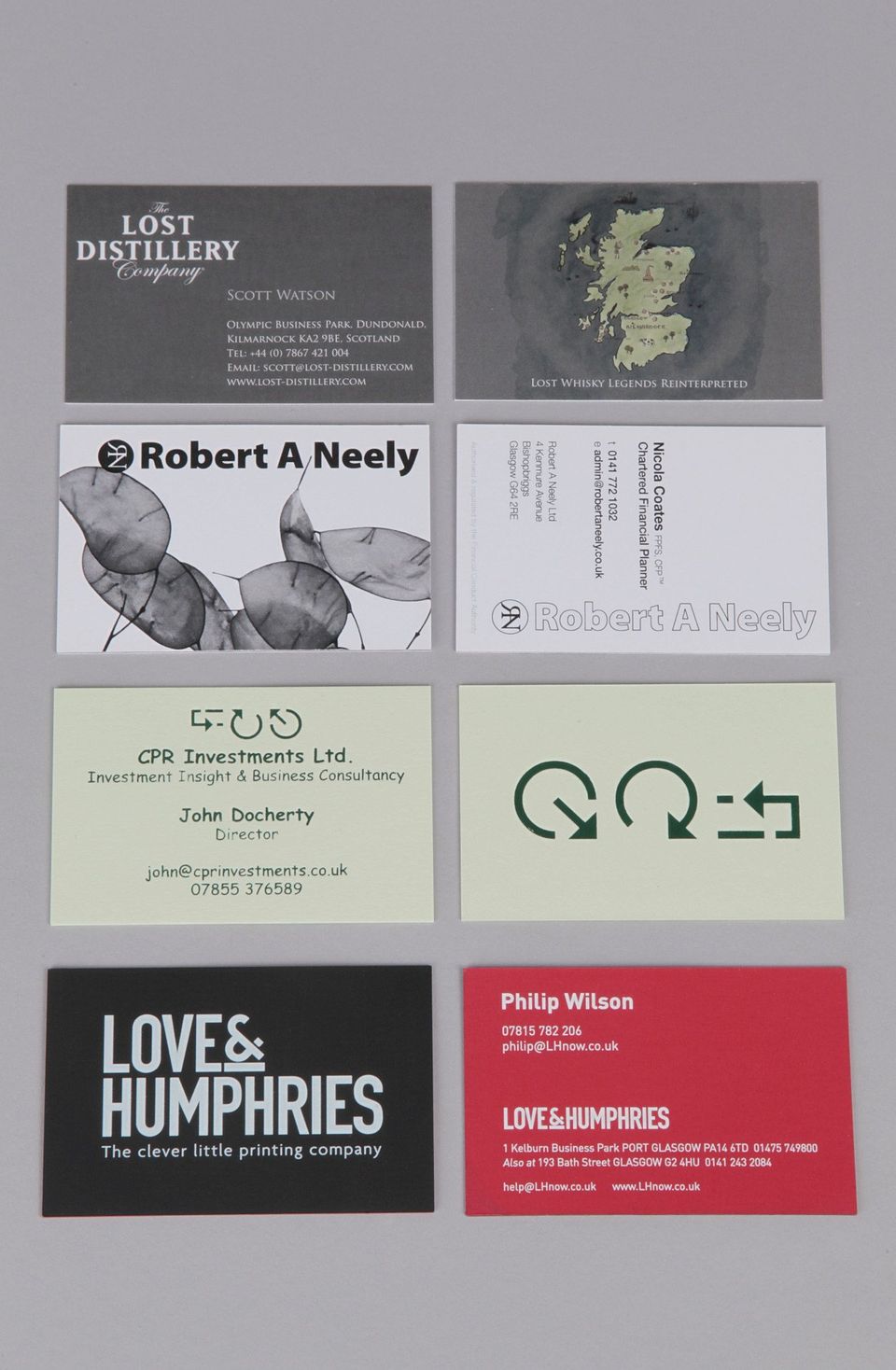Before your content is read, many judgements are made. Are you presenting your information with respect to the quality of your business / brand?

Let's paint a picture. If your bank sent you a letter and the paper was flimsy, and their logo was of poor, pixelated quality at the top of the page - how would you feel? If you're trusting a business with your money, the presentation of their brand should have enough care to reassure you of their quality and trustworthiness as a legitimate, and premium business.
Many aspects can haunt a brand as clients switch off to unprofessional errors, boring designs, inconsistent imagery and poor formatting. Standard stationery items are important to almost every business, such as business cards, letterheads, envelopes, and beyond. Becoming aware of the basic rules of producing quality stationery materials can help your business prosper and stand out from competitors.
Know the limits and expectations
It may be obvious to many, but it is always worth reiterating: learn and plan before you begin.
Let's take a business card as an example. Perhaps you want to design a business card for the manager of a dry-cleaning service. You'll probably be ready to type up the name of the manager, their job title, their phone number, e-mail address and perhaps the business address. Then, you'll want to have the company logo and tagline on the card too.
First things first - get your parameters.
A quick google is often all you need to keep you right. It's incredibly quick to find out that a standard business card is 85mm x 55mm and many printers/designers will suggest 300dpi quality with a 3mm bleed on a 400gsm card.
Now that you have your information, you could rush ahead to the next step but it's worth considering if there is an opportunity to stand out.
If customers are used to standard business cards, especially from your competitors, perhaps you can tweak your parameters cleverly.
Here's our example:
400gsm card < SuperTuffMenu® material
Changing to a waterproof, durable and long lasting material means the dry cleaner business card is now washable. A clever factor for a company that promote a cleaning service as their business card mimics their message.
85mm x 55mm < 85mm circle
Changing from a standard business card size to a circular card would instantly make the business card stand out. Combining with the washable material listed above, we'd muse to make the business card double as a coaster in the hope that potential clients would rest their coffee mugs on the brand daily. Giving a practical use to the business card might keep your brand on their desk and in their mind - who else would they call for dry cleaning if they've been seeing your details every day of their working year?
Does the information work?
In many instances, your street address may not be needed, or perhaps e-mail isn't the ideal communication medium. There could even be merit in purely listing your website, to drive traffic to your interactive online domain. Business cards aren't meant to tell an entire story, but they can certainly act as a stepping stone for clients as they discover your brand.
The foundation blocks for success
Creativity rocks but don't forget the guidelines.
Possibilities are endless for print and design these days, but it's still recommended to follow some golden rules.
- Font sizing: Design space may be extremely limited for stationery projects but going too small with the font size isn't ideal. The client needs to be able to read your information so it's usually not recommended you go below 7-point font size for business card nor 9 point font size on letterheads.
- Order: Stack information by importance. Be careful not to miss out key information and give priority to your important points. A standard stationery ordering is to have your company logo followed by a contact's name, job title, and whatever relevant contact information is desired.
- Resolution: For the best reproduction when printing, use images that have a resolution of at least 300 dpi.
- Colour: Design your files in CMYK for full colour printing, unless you’re working with less than four colours or exclusively with spot colours.
- Size: The typical business card size is 85mm x 55mm, with an extra 3mm margin for any design elements or background that will “bleed” or extend beyond the finished size.
- Font Selection: Limit your font usage to one or two font families and be sure they are visually compatible with each other. When using more than one font, be certain there is enough contrast between them — that they aren’t too similar. For example, pairing a serif font with a sans serif usually works well, while pairing two serif fonts usually won’t.
How can the Printer help?
Glasgow PDC have many, many years of quality experience with stationery jobs. We've seen the norm, we've worked on the great. With so many options available, we truly understand ways to make a design sparkle and pop - speak to us about your hopes and let us work with you on making them a reality.
We've already used business cards as a good example, going quirky and making washable coasters to display the usual information, but perhaps that solution wouldn't work for you; Maybe your brand would benefit from a transparent business card, or perhaps you want to keep the style traditional but increase the card weight to imply premium quality with everything your name is on. Maybe you could utilize metallic foils. Maybe a custom shaped card could work wonders, like a coffee cup shaped card for a café! Embossed or Debossed lettering usually add a touch of class too and spot UVs make a card turn from ordinary to special.
Get in touch to work with us on your next printing job.



